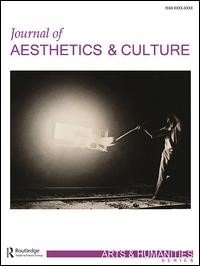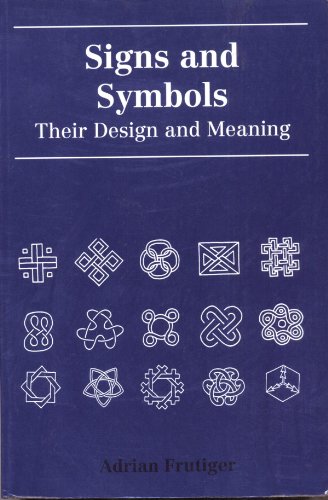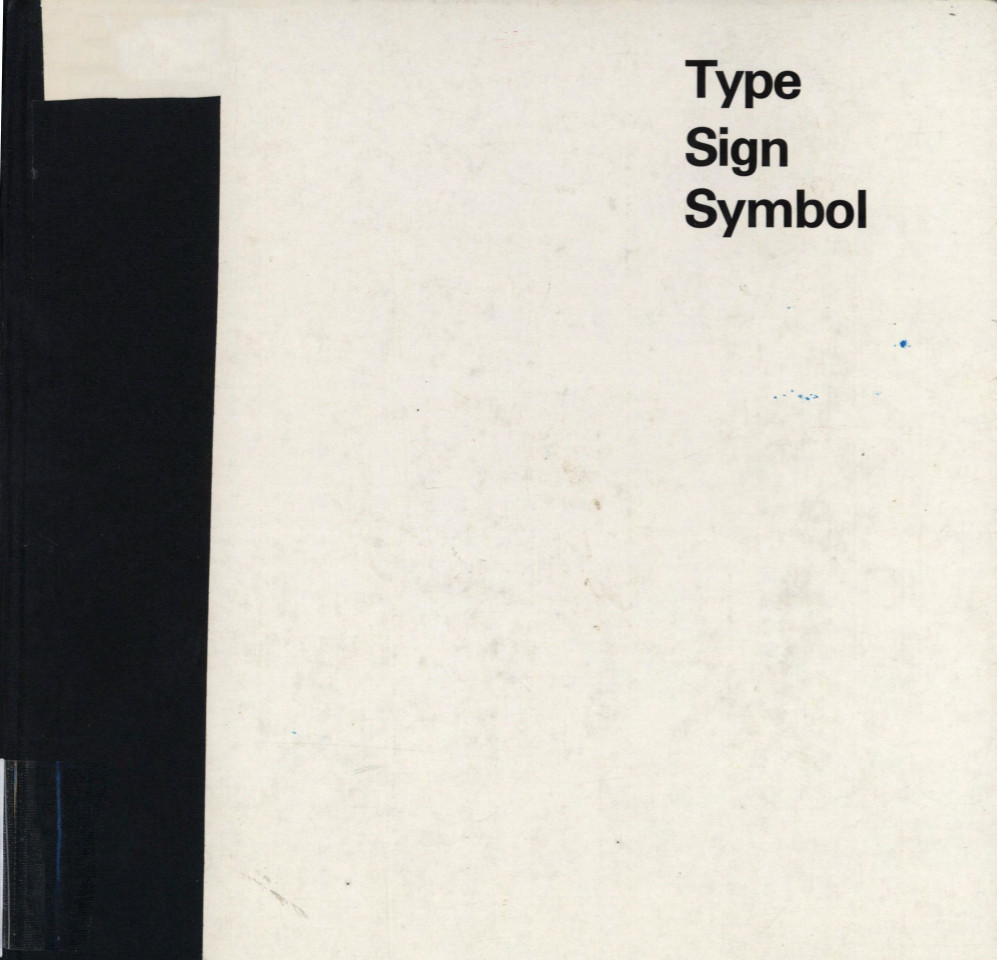Journal of Aesthetics & Culture, 4: From Sign to Signal (2012)
Filed under book | Tags: · aesthetics, art theory, electronic art, film, interface, media, media art, media technology, new media, semiotics, sign, signal processing, technology, theory

“Since the 1990s there has been intensified focus on the concepts of performativity, the relational, and affect in the humanities. Scholars from different fields have in a variety of ways embraced these notions in their accounts of contemporary culture, and as such they also form the backdrop of this thematic collection of articles entitled From Sign to Signal. It seems, however, as if today’s media situation–the globally evident usage of media technologies–requires a new theoretical approach in order to deal with the intersections of technology and aesthetics, since in these cases the sign often falls short. It has therefore been the ambition of this collection to invite scholars within the humanities to take part in a discussion on the implications of a gradual shift from a (linguistically framed) paradigm of the sign to a new paradigm connected with media augmented environments.
As the term for this new paradigm we have chosen the ‘signaletic material’, coined by Gilles Deleuze in his book Cinema 2: The Time-Image. Deleuze developed this notion in order to stress that film in his view of contemporary or modern cinema had altogether eliminated classical (literary) thoughts of plot and narration. Toward the end of Cinema 2 it becomes clear that the notion of the ‘signaletic material’ might be developed to cover all kinds of filmic and electronic material as well as the emerging new media technologies.” (from Foreword)
Edited by Bodil Marie Stavning Thomsen, John Sundholm and Ulla Angkjær Jørgensen
Publisher Co-Action Publishing, Järfälla, Sweden, 2012
Creative Commons CC-BY 4.0 License
eISSN 2000-4214
134 pages
HTML, PDFs (updated on 2017-10-27)
single PDF
Adrian Frutiger: Signs and Symbols: Their Design and Meaning (1978–) [EN, FR, BR-PT]
Filed under book | Tags: · design, graphic design, ornament, print, sign, text, typography, writing

“Universally-recognized signs and symbols have always been among the most important elements of communication. By why is it that certain configurations of dot and line, and certain primary shapes, are perceived and remembered more easily than others? Taking the six faces of dice as his starting point, Frutiger writes about signs and symbols in general and the development of writing in particular. Throughout, he relates the basic principles and components of graphics to a wide range of historical, physical, linguistic and practical considerations. He embraces everything from Egyptian hieroglyphics to modern company logos in his intriguing analysis of the way that humans have always tried to express thought and communication through graphic means. This standard work is aimed at all those concerned with graphics, design, ornament and communication in general.”
Originally published as Der Mensch und seine Zeichen, 3 vols., Weiss Verlag, Dreieich, 1978-81.
English edition
Translated by Andrew Bluhm
Publisher Van Nostrand Reinhold, New York, 1989
ISBN 0442239181
360 pages
WorldCat (EN)
Signs and Symbols: Their Design and Meaning (English, trans. Andrew Bluhm, 1989, low res, 39 MB)
L’Homme et ses signes: signes, symboles, signaux (French, trans. Danielle Perret, 2nd ed., 1999/2014, 5 MB)
Sinais e símbolos: desenho, projeto e significado (BR-Portuguese, trans. Karina Jannini, 2nd ed., 1999/2007, 59 MB, added 2016-8-3)
See also Frutiger’s Type Sign Symbol, 1980.
Comment (1)Adrian Frutiger: Type Sign Symbol (1980) [EN/DE/FR]
Filed under book | Tags: · design, graphic design, representation, sign, typography

A comprehensive and important monograph on Swiss graphic designer and typographer, Adrian Frutiger’s lettering and type methods. With contributions by Maurice Besset, Emil Ruder and Hans Rudolf Schneebeli.
Publisher Editions ABC, Zurich, 1980
ISBN 3855040605, 9783855040605
147 pages
PDF (56 MB, no OCR)
See also Frutiger’s Signs and Symbols: Their Design and Meaning, 1978–.
Comment (0)
